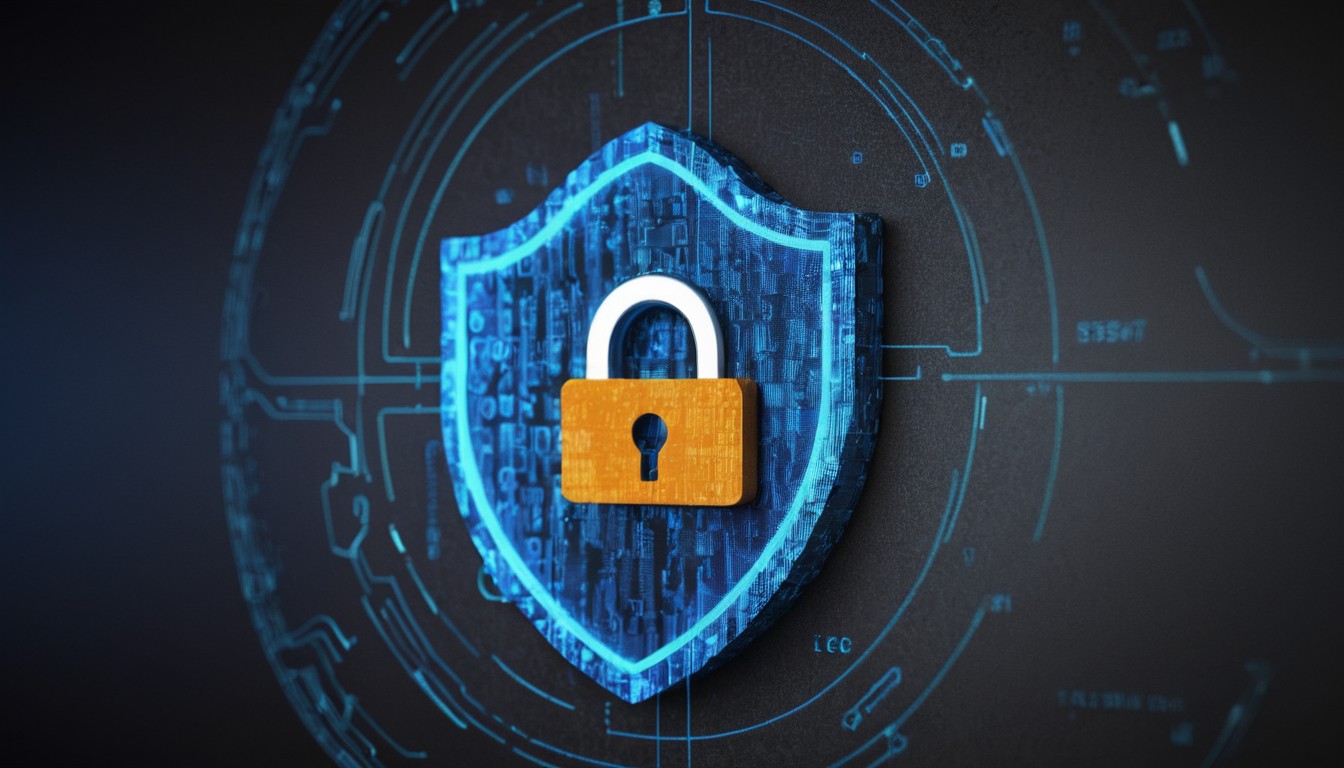This blog post explores the essential role of a SOC in modern cybersecurity and why it is crucial for safeguarding digital assets.
Understanding the Security Operations Center (SOC)
What is a SOC?
A Security Operations Center (SOC) is a centralized facility within an organization that is responsible for monitoring, detecting, analyzing, and responding to cybersecurity incidents. It serves as the nerve center for an organization’s security efforts.
Key Functions of a SOC
- Threat Detection: SOC teams continually monitor network traffic, system logs, and other data sources to detect abnormal or potentially malicious activities. Advanced tools and techniques are employed to identify threats in real-time.
- Incident Response: When a security incident is detected, the SOC is responsible for investigating the incident, determining its scope and impact, and taking necessary actions to mitigate the threat.
- Vulnerability Management: SOC teams actively identify vulnerabilities within the organization’s infrastructure and ensure that they are addressed promptly. This proactive approach helps in reducing the attack surface.
- Security Intelligence: SOCs gather and analyze threat intelligence from various sources to stay updated on emerging threats and trends in the cyber landscape. This intelligence informs security strategies.
The Crucial Role of a SOC in Modern Cybersecurity
Rapid Threat Detection and Response
In the digital age, the speed at which threats evolve requires a real-time response. A SOC is equipped to detect and respond to threats swiftly, minimizing potential damage.
Proactive Defense
A SOC’s proactive approach to vulnerability management, threat hunting, and continuous monitoring enables organizations to address weaknesses before they can be exploited by malicious actors.
Compliance and Regulatory Requirements
Many industries have stringent compliance and regulatory requirements related to data security. A SOC is crucial in meeting these requirements by ensuring that security controls are in place and monitored.
Reducing Downtime and Losses
Effective incident response by a SOC can significantly reduce downtime and financial losses resulting from cyberattacks. It helps organizations recover more swiftly and with minimal disruption.
Advanced Threat Intelligence
SOCs are connected to a network of threat intelligence sources, enabling them to stay informed about the latest tactics, techniques, and procedures used by cybercriminals. This intelligence helps organizations adapt and strengthen their defenses.





